Steps for Developing an Internal Communication Strategy

- The Benefits of an Internal Communication Strategy
- Don't Communicate, Overcommunicate
- Brainstorming an Internal Communication Strategy
- Creating a New Strategy
- Choosing a Communication Channel
- Moving Forward
- Who's in Charge?
- Reviewing Performance Metrics
- When in Doubt, Ask
- Crafting a World-Class Strategy
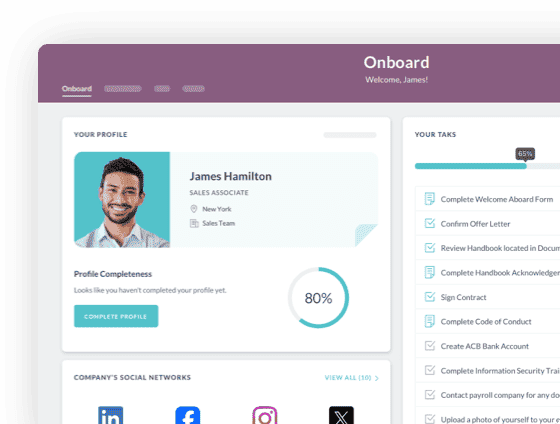

 Cut onboarding time
by 60%—here's the
Ultimate Checklist
that helped do it.
Cut onboarding time
by 60%—here's the
Ultimate Checklist
that helped do it.
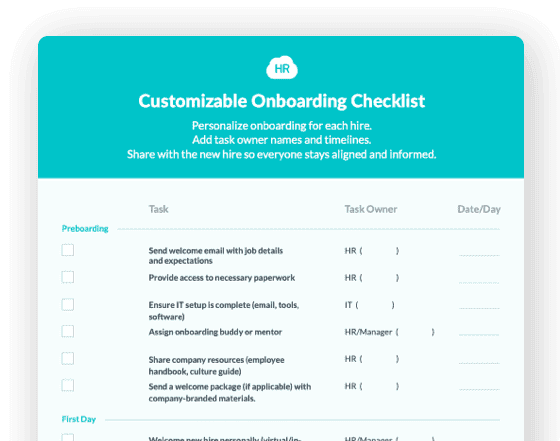
60% of businesses do not have any type of long-term vision for their internal communications plan. For a comms strategy that has such a huge impact on organizational culture, this is incredibly haphazard.
Internal comms dictate how employees receive information from management, peers, and high-level executives.
Employees deserve to hear it from their leadership first. When coming up with an internal comms strategy, remember that real human beings are the ones powering a corporate machine. How those humans receive information impacts how they feel about the company and its corporate communication strategy.
The Benefits of an Internal Communication Strategy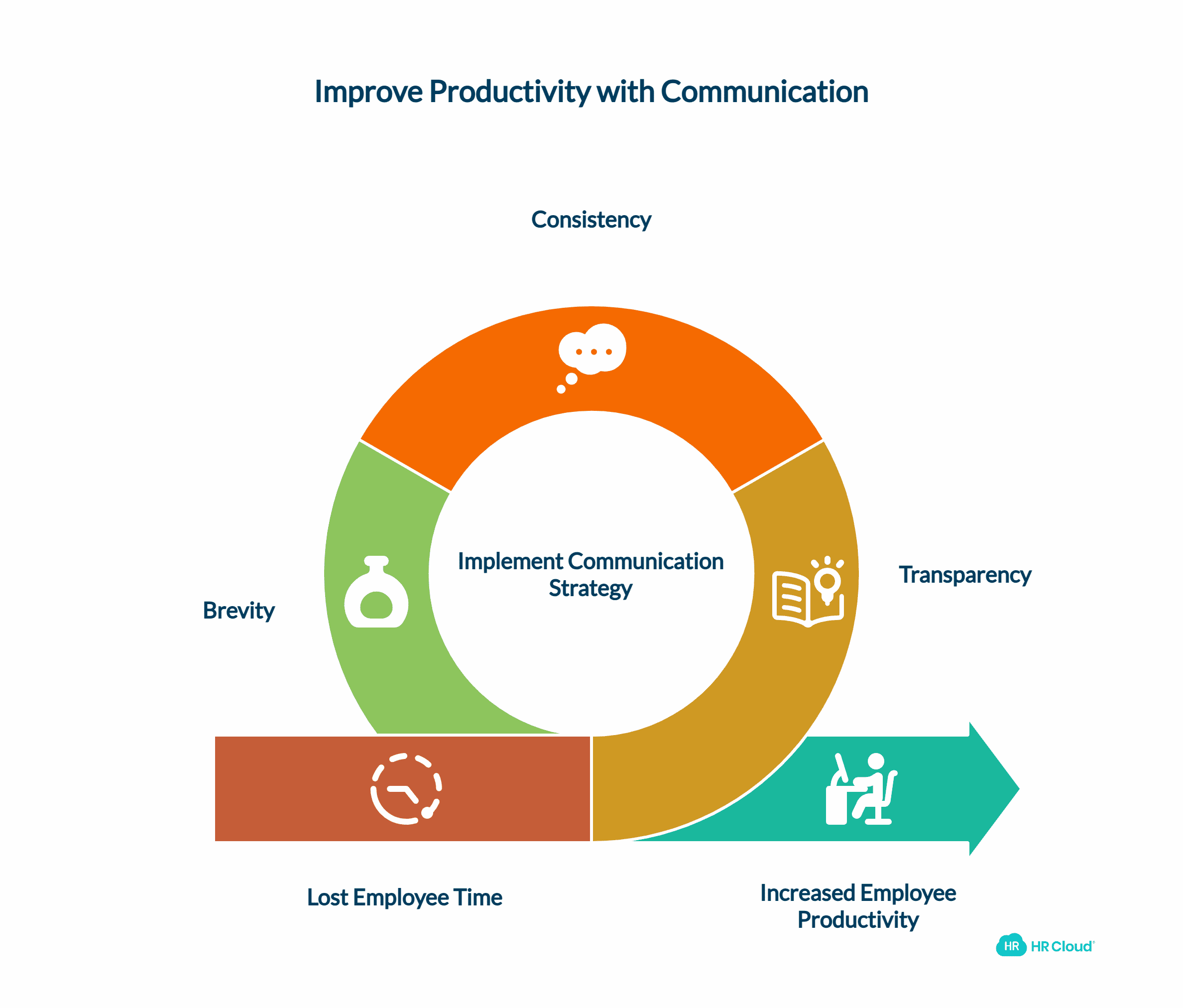
Effective communications help retain revenue. Experts suggest that team members spend up to two hours a day looking for information, gossiping, or worrying.
Every employee possesses strengths and weaknesses, especially when it comes to focusing. But this hinders business goals and personal productivity at an unprecedented level.
All these behaviors indicate that time is being lost because employees don't know where to look for information. Sometimes, they rely on this information to do their job. Sometimes, this information helps alleviate worry. Are they going to be the next person laid off?
When employees feel like internal communication goals are being met, their productivity is elevated by up to 25 percent. Because they're saving time by not seeking out information that isn't being given to them, and because they can focus on their work, employees actually give more.
Communication best practices include transparency, consistency, and brevity. Your strategic internal communications efforts will land best with employees when you focus on these three traits.
Don't Communicate, Overcommunicate 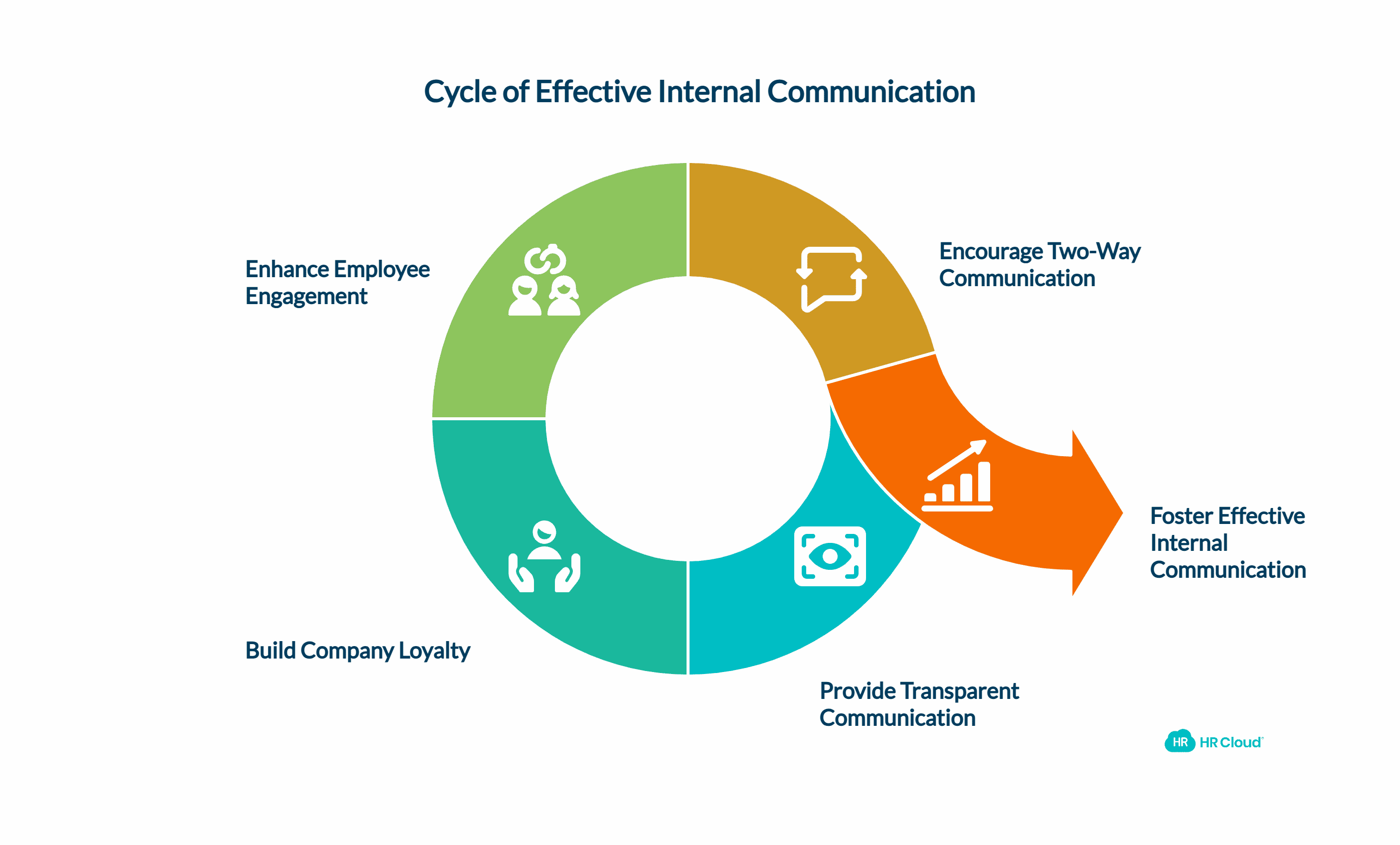
Employees who feel like they're being kept in the dark are more common these days. This is a result of the fact that they're living in the social media age.
It can feel challenging to connect with millennial or Gen Z employees. Rather than pandering to them with cute gifs or chipper messaging, meet them with honesty.
At every turn, they're confronted with the latest Twitter hashtag or New York Times headline. By providing an atmosphere of transparent communication, you'll build company loyalty. This will promote employee engagement levels, too.
Only 15% of employees are currently pleased with how corporate internal communications are handled. Employees who aren't satisfied won't come to management with their problems.
This results in more conflict, productivity loss, and employee loss if they feel like their concerns aren't being heard. The mark of successful internal communications is the existence of two-way communication.
When do employees hear from the CEO? Is it only a canned message when rounds of layoffs are happening? Do they even know what she looks like? If employees consistently receive information from higher-ups and return employee communication is welcomed, they'll feel comfortable bringing problems and ideas to the table. This is a key aspect of improving internal communications and fostering effective internal communication.
Brainstorming an Internal Communication Strategy
It's time to embrace honesty when it comes to an effective internal communications strategy. What employee feedback have you received? Those exact terms may not have been used. Think about all the ways people express dissatisfaction. This is where internal communication ideas can help bridge communication gaps:
-
"I do not remember seeing that in an email."
-
"I cannot find that anywhere."
-
"What is the rule on XYZ?"
-
"I have no idea what is going on."
-
"I am not sure, ask XYZ."
Of course, these could be excuses or indicators of other issues. But at the core, the deficiency is communication with employees.
When you've got a list of complaints ... or even better, if you have access to a complaint box, start identifying the problems these complaints stem from.
These complaints point to how this strategy is currently impacting customer culture. There is no such thing as a no-impact approach to communication.
If a strategy exists, it has an impact. If no strategy exists, that has an impact! It's also worthwhile to collaborate with internal communications teams.
What trends are they seeing? What concerns do they have? With their finger constantly on the company's pulse, they'll offer some great insights for improving internal communication.
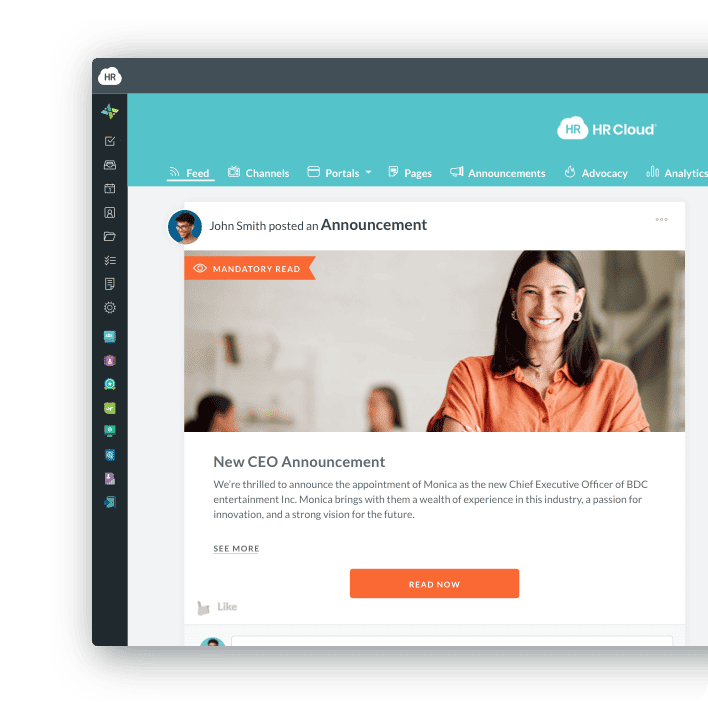
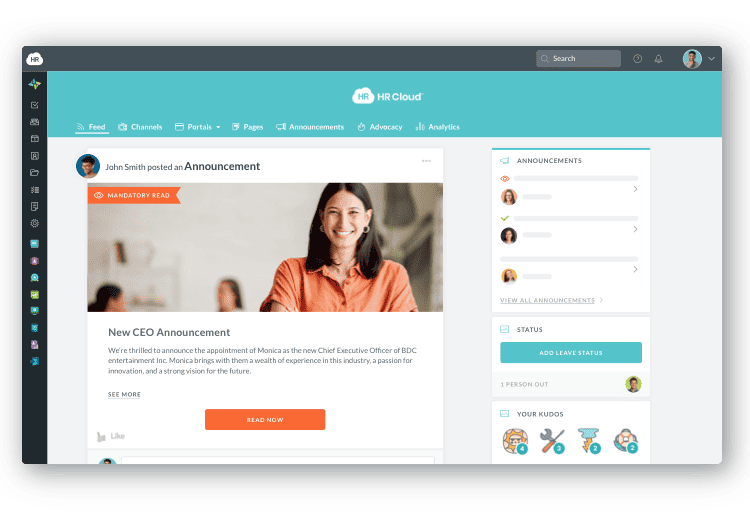
Creating a New Strategy
Consider your target audiences. That's a marketing mantra that everyone knows. If you're trying to reach wealthy, elderly men in the market for diamonds, a witty TikTok probably isn't the best way to do it. The same thing goes for your work 'audiences'. Are you trying to talk to mid-level managers, and what does that demographic look like? Or are you trying to amp up your onboarding communications? What about conversing with key stakeholders?
Let's say your goals are broad. You want to spend 2021 revamping the way your company talks to each employee. You need to start with a method for top-down communication. If the CEO is sitting on a distant throne, there's no personal connection. If your company is a sprawling corporate entity, new employees might not even know the CEO's name. This is where leadership communication plays a crucial role in your internal communication plan.
Top-down communication is usually reserved for new strategies, changes, or initiatives that affect the entire company equally. Change announcements and onboarding communications can also be categorized as top-down.
Choosing a Communication Channel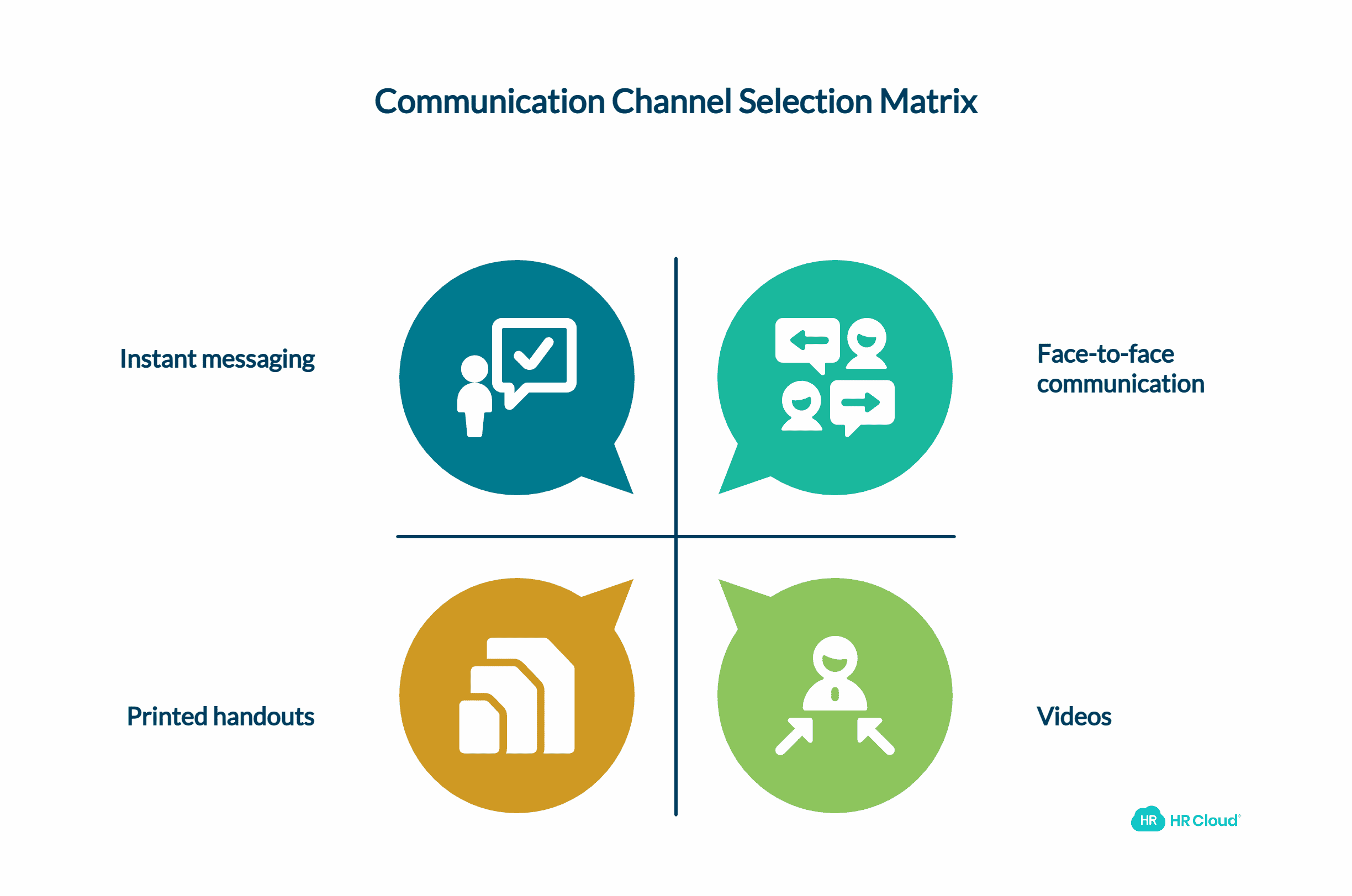
What communication channels should be used to do this? It depends on the tone you're going for. Here are some internal communication channels to consider:
-
Face-to-face communication
-
Printed handouts
-
Videos
-
Emails
-
Instant messaging
-
Regular standups and meetings
Many businesses learned a lot about communication, internally and externally, in 2020. Now's the time to apply all that knowledge to a new year. If it's safe for employees to come back to the office, face-to-face interactions can't be replaced. Use this method when tone means everything, when you may have a difficult conversation, or when you're trying to initiate big changes.
Of course, all face-to-face conversation doesn't have to be particularly scary. It's also more efficient. And if you're not capable of bringing employees back to the office, Zoom meetings can help duplicate the experience. If there are details that must be memorized, such as event dates, times, and places, handouts are great. They can be easily referenced or pinned above someone's desk.
Videos are fast becoming a popular top-down communication tool. It's like receiving a casual FaceTime from a friend and can cultivate familiarity. If you're trying to tell a story or build a personal connection with a high-level executive communicating to the entire company, video is the appropriate tool.
Email isn't obsolete yet, which means this tool should be used to cover minute strategy details. Avoid the temptation to Reply All, and you'll likely succeed. 2020 taught us the value of remote messaging tools. Slack, Skype, Discord - shooting off a quick message clarifies details fast. It's less time-consuming than an email, and also helps build camaraderie.
When surveyed, employees stated that they preferred regular small meetings with their manager. No one feels seen in huge company-wide meetings, and it's hard to cover all the questions that might crop up. This preference highlights the importance of cross-functional communication and effective communication flow within the organization.
Moving Forward 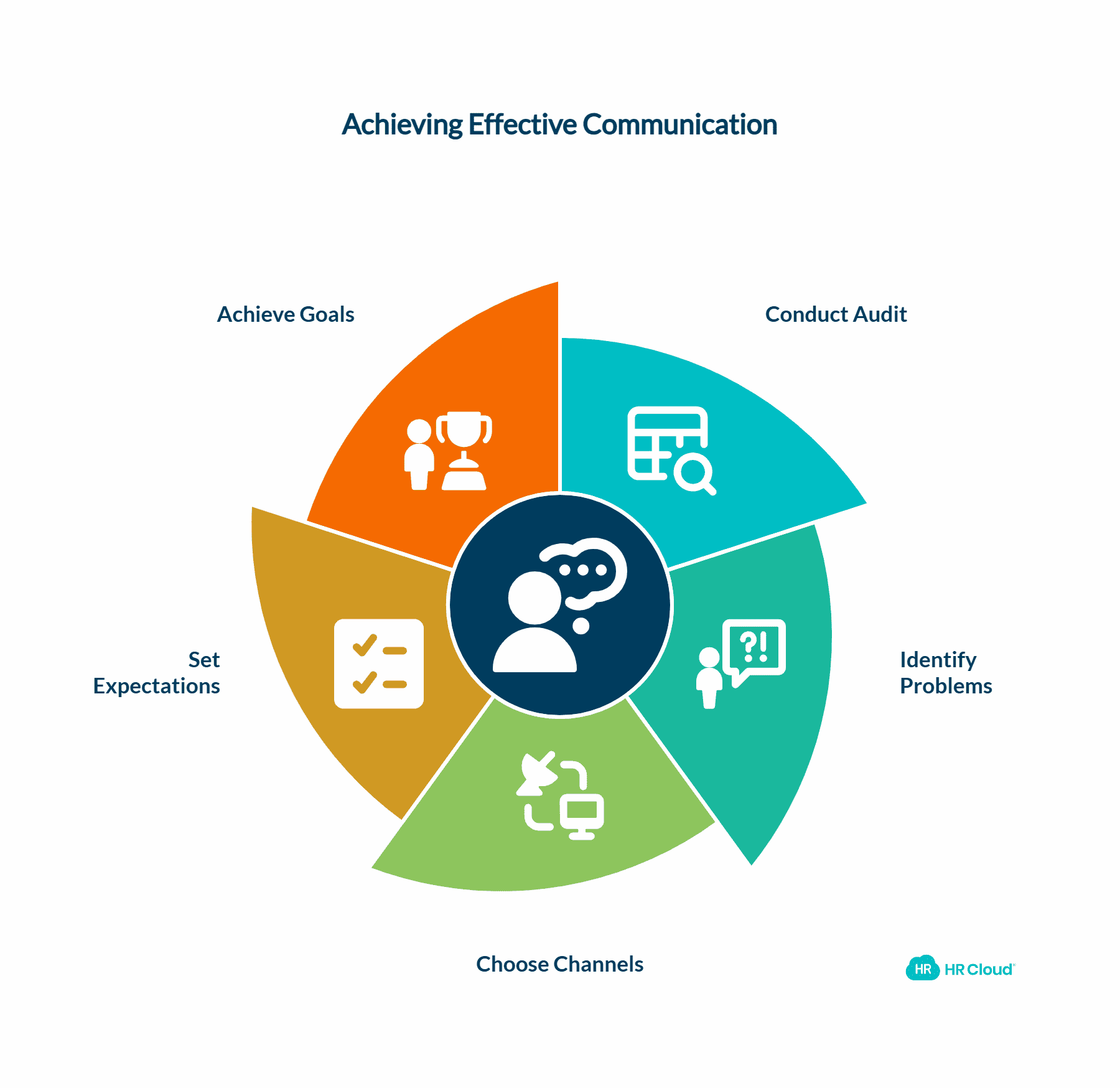
Here are the primary steps thus far for improving internal communication:
1. Conduct an audit of your current internal communications systems
2. Identify problems by listening to complaints
3. Identify the best comms channels to tackle gaps with
Once you've done all that, what next? You need to establish clear expectations. 65% of employees say that internal information provided by the company isn't comprehensive enough. That sort of problem can hobble your new strategy before it actually launches.
Whether you're trying to set individual New Year's resolutions or help transform your company, the principle of SMART goals is still the same.
-
S stands for specific—there should be an overabundance of clarity on what you're trying to achieve
-
M means measurable, so embrace numbers
-
A equals attainable, so don't veer outside the company's budget or personnel resources
-
R stands for relevant, which means that just because a tool is glossy, doesn't mean it relates to your company's mission
-
T stands for time, which you need to be conscious of if you want to make 2021 your best year yet
Who's in Charge?
Once you set SMART employee communication strategy goals, it's time to assign responsibility. You can have a world-class strategy in the works, but it will likely fail if it isn't placed in motion.
This will also help you navigate the communication process. There's nothing more demoralizing than doing work and seeing it have no impact.
-
Build respect and get approval
-
Democratize the strategy
The most senior members of your company should review the plan. Then, they can promote it to the team. This is a great chance to initiate that top-down communication!
Once it's been introduced to the company at large, all eyes are on your new strategy. Will the company pull through and make big changes? Or is this just another case of big talk and no action?
After the initial announcement has been made, mid-level managers come in. Think of them as customer service representatives! They'll be your boots on the ground, implementing new ways of communicating directly with their teams.
Be wary at this step, though. After the initial thrill of execution, this is the ground where great strategies go to die. You'll need to keep a finger on the patient's pulse.
Reviewing Performance Metrics 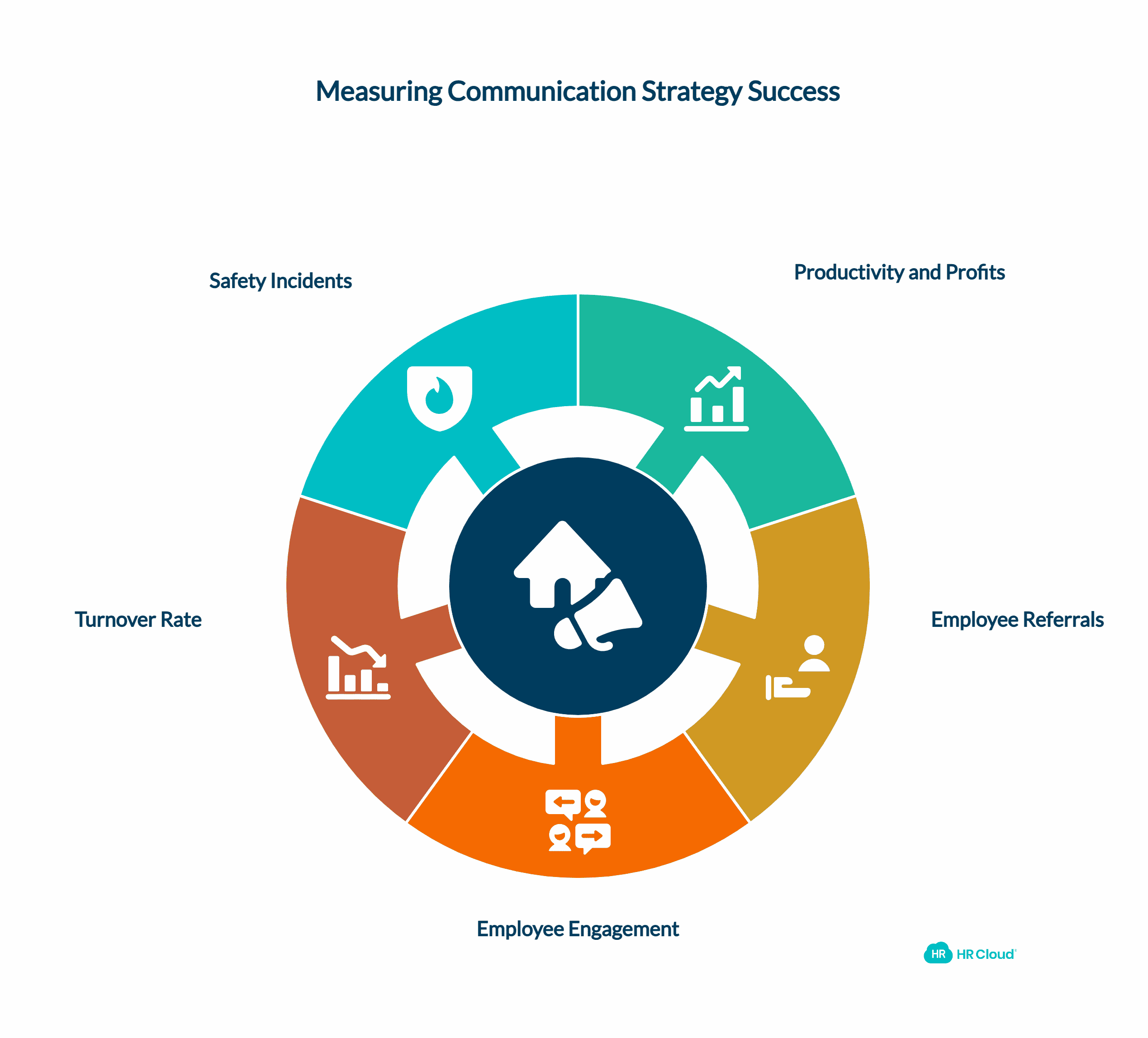
How will you know if your new strategy is working? Communication metrics. There are a few great options to measure how employees are engaging with these tactics.
Companies have reported $37 billion in losses due to employees suffering from poor communication or misunderstandings. The stakes are high, so here's how to ensure that you're nailing it.
-
Compare productivity and profits
-
Check employee referral numbers
-
Employee engagement
-
Turnover rate
-
Safety incidents
-
Measure engagement and interest
In some ways, gauging internal interest is no different than a marketing campaign. You'll need to treat it just like that and live by the numbers.
When miscommunication errors drop, positive numbers should go up. Productivity and profits should increase because hours are no longer wasted looking for information that isn't there.
And when employees are working in a transparent, high-energy environment, they're excited to be there. That means they're reaching out to their networks and encouraging them to come work there.
If you're actively hiring, referral rates should rise when compared to what they were in previous numbers. On this note, turnover and safety incidents should also drop.
One of the best ways to track employee engagement, though, is to look at the numbers. Especially if you have your own employees-only social networks, you can see what's happening. What emails and posts are being opened? Are posts being liked, commented on, or clicked on?
If an employees-only network is new, you won't have old numbers to compare to. That's okay! Compare it to the total number of employees in each team, or at the entire company. With the right communication tools and communication software, it isn't hard.
When in Doubt, Ask
Isn't that what you tell new employees during the first days of onboarding? That's savvy advice no matter how long you've been with the company.
Honesty is the cornerstone of communication, and it should always be a two-way street. So what does that mean? Ask employees about new initiatives.
When you first asked for complaints, what changes did they hope to see? Is the company's new approach what they wanted, or is it just more frustration heaped on them?
The act of listening will help you course-correct better than any numbers will.
Crafting a World-Class Strategy
Whether you're an engineer, a graphic designer, or a content marketer, communication is everything. It's how we make sense of the world, translate it to our work product, and share it with our colleagues and a broader audience.
Everyone has to communicate. So, taking on the act of creating an internal communication strategy, something that shapes every facet of someone's career, can be incredibly daunting.
Don't be intimidated. Instead, reach out and request a demo today to learn how we can identify problems in your organization and fix them with our communication solutions and communication management tools.

Keep Reading
15 Proven Ways to Create a Healthy Work Environment (2026 Guide)
A healthy work environment is a workplace where employees experience psychological
Best Workday Alternatives for Mid-Market Companies in 2026: Complete HRIS Comparison Guide
"We implemented Workday and our HR team still can't figure out half the features six
Company Culture Software: How to Build a Thriving Workplace in 2026
Ask any business leader what drives lasting organizational success, and you'll hear
Like What You Hear?
We'd love to chat with you more about how HR Cloud® can support your business's HR needs. Book Your Free Demo

Build a Culture of Recognition. Boost Engagement. Guaranteed.
Workmates empowers employees to stay informed, connected, and appreciated—whether they’re on the front line, in the office, or remote. Recognition drives 12x higher engagement.Trusted by industry leaders in every sector




Cut Onboarding Costs by 60%.
Take the confusion and follow-ups out of onboarding with automated workflows, digital forms, and structured portals—so new hires ramp faster 3X quicker.Trusted by industry leaders in every sector




